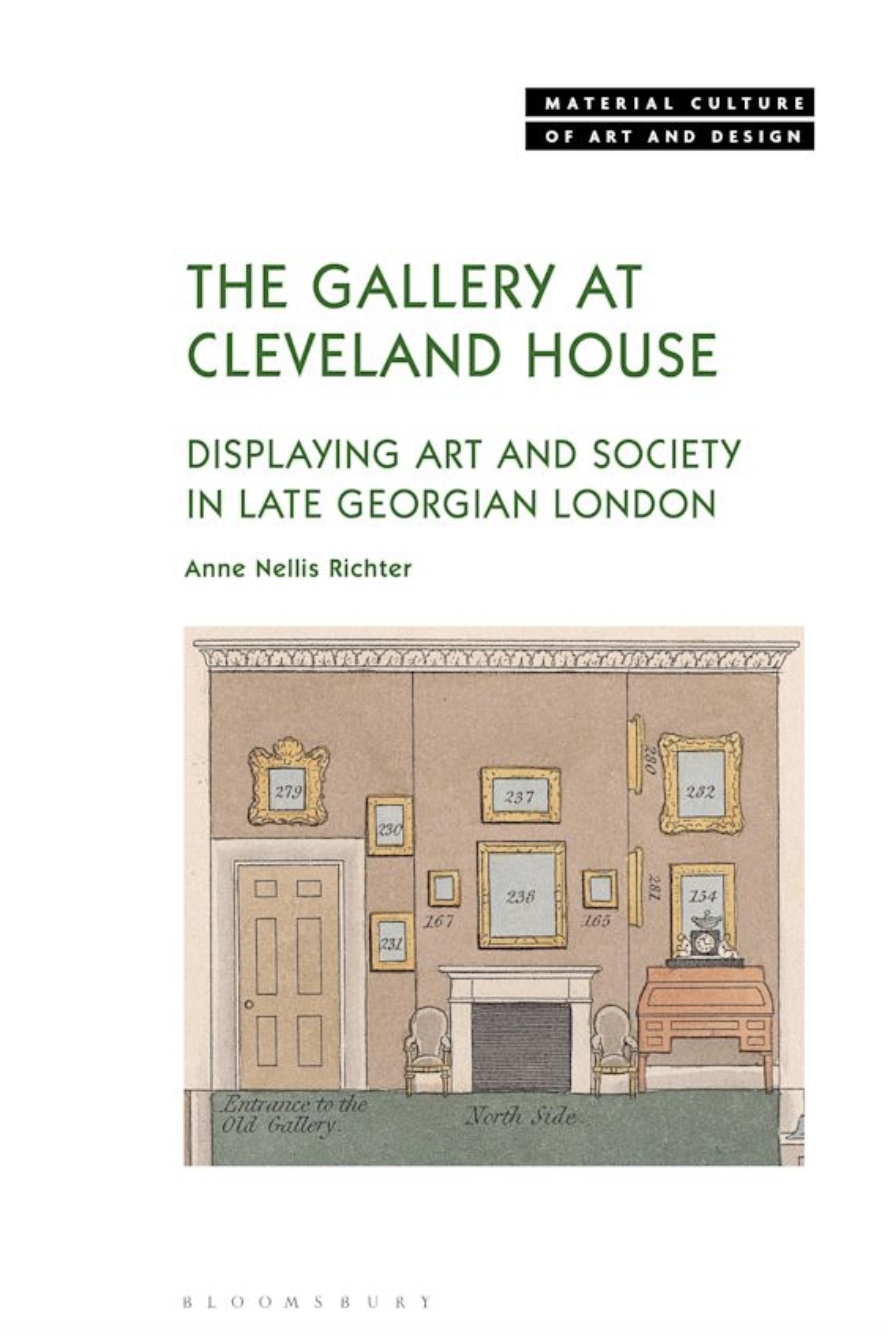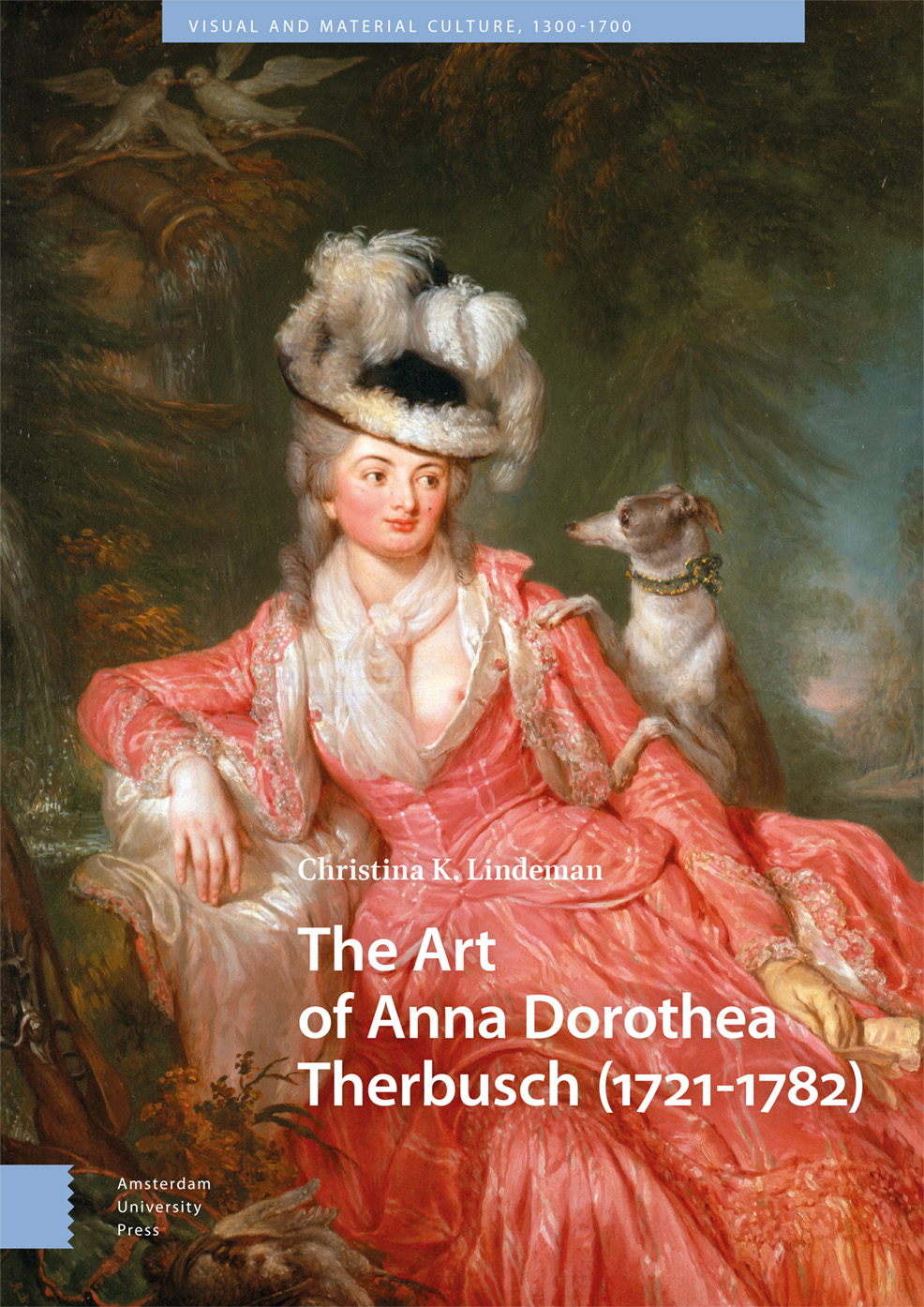Study Day | Collecting through the Ages
From The Wallace Collection and the conference programme:
The Wallace Collection is thrilled to announce the relaunch of the History of Collecting as Collecting Past and Present. This new series will take the format of biannual, themed study days, which will include fascinating talks from leading specialists, exploring collecting through the ages. Exclusive interviews with modern-day collectors will also feature, revealing tantalising glimpses into how exceptional objects are brought together. These will be followed by drinks receptions that will act as unique forums for discussion. For those further afield or unable to make it to the museum, the talks can be watched online. And if you are interested in taking part as a speaker at future events, calls for papers will be shared throughout the year.

Bishan Singh, The Court of Maharaja Ranjit Singh (1780–1839), Amritsar or Lahore, 1863–64
(Toor Collection)
◊ ◊ ◊ ◊ ◊
Collecting through the Ages
Online and in-person, The Wallace Collection, London, 5 July 2024
The Wallace Collection and the outstanding artworks it contains were brought together through the 18th and 19th centuries by an extraordinary family of collectors—the marquesses of Hertford and Sir Richard and Lady Wallace. Delve into the history of collecting across the ages at our first Collecting Past and Present event. You’ll hear from leading academics and specialists on a variety of subjects, from the collecting of Shakespearean relics to the houses of Calouste Gulbenkian. Also join us for a conversation with a leading modern-day collector of Sikh, Indian and Islamic art, Davinder Toor, who will offer exclusive insights into his passions and inspirations.
Registration is available here»
p r o g r a m m e
10.15 Welcome
10.30 Verena Suchy — Women as Collectors of 18th-Century Cabinets
In the theory and history of collecting, women collectors have often been absent. Examples of noble women from different German principalities, however, indicate that in the 18th century it was common—if not necessary—for aristocratic women to assemble collections of jewellery, decorative art, and precious objects. Examining these collections with Dr Suchy will shine a light on the collecting practices of women and their political and representative functions.
11.15 Refreshments
11.45 Kirsten Tambling — Shakespearean Relics in the Royal Collection
1816 was the tercentenary of Shakespeare’s death, and, in this year, George, Prince Regent, ordered seven toothpick cases fashioned from ‘Shakespere’s Tree’. He was thus inserting the monarchy into a buoyant contemporary trade in Shakespearean ‘relics’. Focusing on the 18th and 19th centuries, Dr Tambling will investigate Shakespearean relics in the Royal Collection and the significance of royals collecting
Shakespeare.
12.45 Peter Humfrey — Amabel, Countess de Grey, as Collector and Curator in Post-Orléans London
Diarist, practising artist, and commentator on the political events of her time, Amabel was also a well-informed collector, both of Old Masters arriving on the London art market in the wake of the French Revolution, and of the work of her younger contemporaries. Further, she was heir to a distinguished collection of paintings from her family and was active in documenting and rehanging it. Professor Humfrey will take a closer look at this fascinating character.
13.30 Q&A
13.45 Lunch break
14.45 Barbara Bryant — Stephen T. Gooden and the Marketing of Edward Burne-Jones’s Legend of St George and the Dragon Series
In 1894, a series of seven paintings by Burne-Jones came to auction at Christie’s. Dr Bryant will consider the protracted attempts by various dealers to sell the series in the 1890s until the successful sale by the relatively new gallery owner Stephen T. Gooden. Gooden’s achievement will give an insight into how art
dealers of this period marketed the modern masters.
15.45 Vera Mariz — The Making of a House for Calouste Gulbenkian’s Art Collection
Dr Mariz will explore the various residences that housed Calouste Gulbenkian’s art collection, with a primary emphasis on 51 Avenue d’Iéna. While the acquisition process of the latter mirrors that of acquiring artworks, Gulbenkian’s satisfaction remains uncertain. Newly discovered materials and innovative approaches offer fresh interpretations of the hôtel Gulbenkian, which will be presented as an intimate testament to Gulbenkian’s essence as an art collector.
16.30 In Conversation with Davinder Toor
Two centuries ago, Punjab’s Sikh ruling elite lavishly patronised artists and craftsmen to enhance the splendour of their empire. By the mid-19th century, the Sikh empire had met its demise at the hands of the East India Company. Over the following century and a half, Sikh artefacts were dispersed across the globe. Some ended up in British institutional collections, while others were bought and sold by collectors. With Curatorial Assistant Alexander Collins, Davinder will discuss how he has pursued his passion as a collector to create a lasting legacy to the empire of the Sikhs.
17.15 Q&A
17.30 Drinks reception
Exhibition | Ranjit Singh: Sikh, Warrior, King
Now on view at The Wallace Collection:
Ranjit Singh: Sikh, Warrior, King
The Wallace Collection, London, 10 April — 20 October 2024
Explore the life of the great Sikh leader Ranjit Singh (1780–1839) in this major exhibition
 With an unwavering sense of destiny, Ranjit Singh conquered the Punjab, an area that today encompasses Pakistan, following a period of anarchy caused by decades of Afghan invasions. By the early 19th century, he emerged as the undisputed Maharaja, establishing the influential Sikh Empire. Ranjit Singh’s leadership led to a golden age marked by thriving trade, flourishing arts, and a formidable army. Discover his story through nearly 100 stunning artworks, including jewellery and weaponry from the Sikh Empire drawn from major private and public collections. The exhibition also features historic objects from his court, courtiers, and family, including items owned by the Maharaja and the most famous of his 30 wives, Maharani Jind Kaur. Ranjit Singh: Sikh, Warrior, King is a unique opportunity to see our remarkable collection of Sikh arms and armour alongside other Sikh artworks for the first time.
With an unwavering sense of destiny, Ranjit Singh conquered the Punjab, an area that today encompasses Pakistan, following a period of anarchy caused by decades of Afghan invasions. By the early 19th century, he emerged as the undisputed Maharaja, establishing the influential Sikh Empire. Ranjit Singh’s leadership led to a golden age marked by thriving trade, flourishing arts, and a formidable army. Discover his story through nearly 100 stunning artworks, including jewellery and weaponry from the Sikh Empire drawn from major private and public collections. The exhibition also features historic objects from his court, courtiers, and family, including items owned by the Maharaja and the most famous of his 30 wives, Maharani Jind Kaur. Ranjit Singh: Sikh, Warrior, King is a unique opportunity to see our remarkable collection of Sikh arms and armour alongside other Sikh artworks for the first time.
From Bloomsbury Press:
Davinder Toor, Ranjit Singh: Sikh, Warrior, King (London: Philip Wilson Publishers, 2024), 144 pages, ISBN: 978-1781301265, £20 / $30.
This book, published to coincide with the exhibition at the Wallace Collection, features historic artworks, jewellery, and weaponry from Ranjit Singh’s court, courtiers, and family members. Also highlighted are objects intimately connected with his son, Maharaja Duleep Singh—the deposed boy-king turned country squire who was a favourite of Queen Victoria and father of the prominent suffragette Princess Sophia Duleep Singh. Richly illustrated, this catalogue also reveals the achievements of Ranjit Singh’s European and American officials. Acknowledging Ranjit Singh’s remarkable feat of holding back the threat of a British invasion for four decades, these ‘Firangis’ would nickname their esteemed Sikh sovereign ‘The Napoleon of the East’.
Davinder Toor is a leading figure among a new generation of Sikh, Indian, and Islamic art collectors. He has acted as a consultant to major private collectors, auction houses and institutions such as the British Museum, the Victoria and Albert Museum, and the Wallace Collection. He currently lectures on the ‘Arts of the Royal Sikh Courts’ and ‘Sikh Painting and Manuscripts’ for the V&A’s prestigious Arts of Asia course. Both he and objects from the Toor Collection of Sikh Art were featured on the BBC’s Lost Treasures of the Sikh Kingdom (2014) and The Stolen Maharajah: Britain’s Indian Royal (2018) documentaries. The Toor Collection, comprising more than 1,500 works, acts as a lasting legacy to the empire of the Sikhs.
c o n t e n t s
Maps
Foreword
Preface
Prelude to Power — Davinder Toor
Masters of War — Davinder Toor
The Lahore Durbar — Davinder Toor
Firangis — William Dalrymple
Legacies — Davinder Toor
Notes
Bibliography
Image credits
Online Course | Sâqib Bâburî on Ranjit Singh
An example of the programming offered in conjunction with exhibition Ranjit Singh: Sikh, Warrior, King, now on view at The Wallace Collection:
Sâqib Bâburî | Life Stories: Ranjit Singh (1780–1839)
Online, Wednesdays 8, 15, and 22 May 2024, 18.00–20.00 BST (and recorded)
In the 18th century, the once powerful Timurid (Mughal) Empire retreated from the wealthy region of the Punjab, now divided between India and Pakistan. Unstable and continually plundered by invasions from Afghanistan, peace and prosperity was eventually restored to the region through local resistance and the enigmatic leadership of Ranjit Singh. Over three sessions, we’ll examine Ranjit Singh’s rise to power and the multifaceted reasons for the stability and duration of his almost four-decade reign—regarded as a highpoint in an otherwise violently unstable century. The course will be taught through Zoom Webinar. Each course session duration is 120 minutes, including a five-minute break and time for Q&A with the tutor. Tickets are for all dates (£60 / £57). Ticket holders will be emailed the Zoom link, Webinar ID, and Passcode 24 hours in advance of the first course session, which should be retained for accessing all three sessions of the course. The course will also be recorded. Within 48 hours of each course session, ticket holders will be emailed a link to view the recording, which will be available for two weeks only.
Sâqib Bâburî is a Content Specialist Archivist with the Qatar Foundation Partnership, based at the British Library, where he was formerly the Curator for Urdu Collections and Curator for Persian Manuscripts. His research interests include the history and art history of Persianate South Asia, palaeography and manuscript cultures, ornament and design, arms and armour, regalia, and culinary cultures. Dr Bâburî has worked among other institutions with the Royal Collection Trust, Victoria and Albert Museum, the Universities of Oxford, Cambridge, Oldenburg, Göttingen, Singapore, King’s College London, Warburg Institute, SOAS University of London, and the Austrian Academy of Sciences.
Session One | Ranjit Singh, an Origin Story
We’ll begin our course by tracing the rise of Ranjit Singh’s ancestors through the Persian account, Tazkirat al-umarāʾ (Remembrance of the Nobles) written by his contemporary Colonel James Skinner (1778–1841). We’ll also examine the significance of militant resistance to the Timurid Empire and Afghan invaders in Ranjit Singh’s journey to rule over a cosmopolitan kingdom, termed the Khalsa State, centred on Lahore.
Session Two | Between War and Peace
In our second session we’ll explore the tensions between Ranjit Singh’s private life and public duties, focusing on his early years as a free-spirited prince taking pleasure in military exercises and avoiding bookish learning. Looking at his household, consorts, and offspring, we’ll also chart the significant developments that shaped the course of his career as an administrator, patron, and military leader. We’ll look closely at architecture, paintings, manuscripts, documents, and arms and armour to understand the aesthetic and thematic range of Ranjit Singh’s patronage.
Session Three | European Encounters
In our final session we’ll consider Ranjit Singh’s role in promoting transregional and international commercial and diplomatic relations. Once holding an antagonistic attitude towards the Timurid Empire, we’ll understand his efforts to renew connections across India, as well as West and Central Asia. Finally, we’ll look at how Ranjit Singh’s later relations with Britain, Russia, and France anticipated future disputes over the Afghanistan-Punjab corridor, leading to the collapse of the Khalsa State within a few years of his demise.



















leave a comment